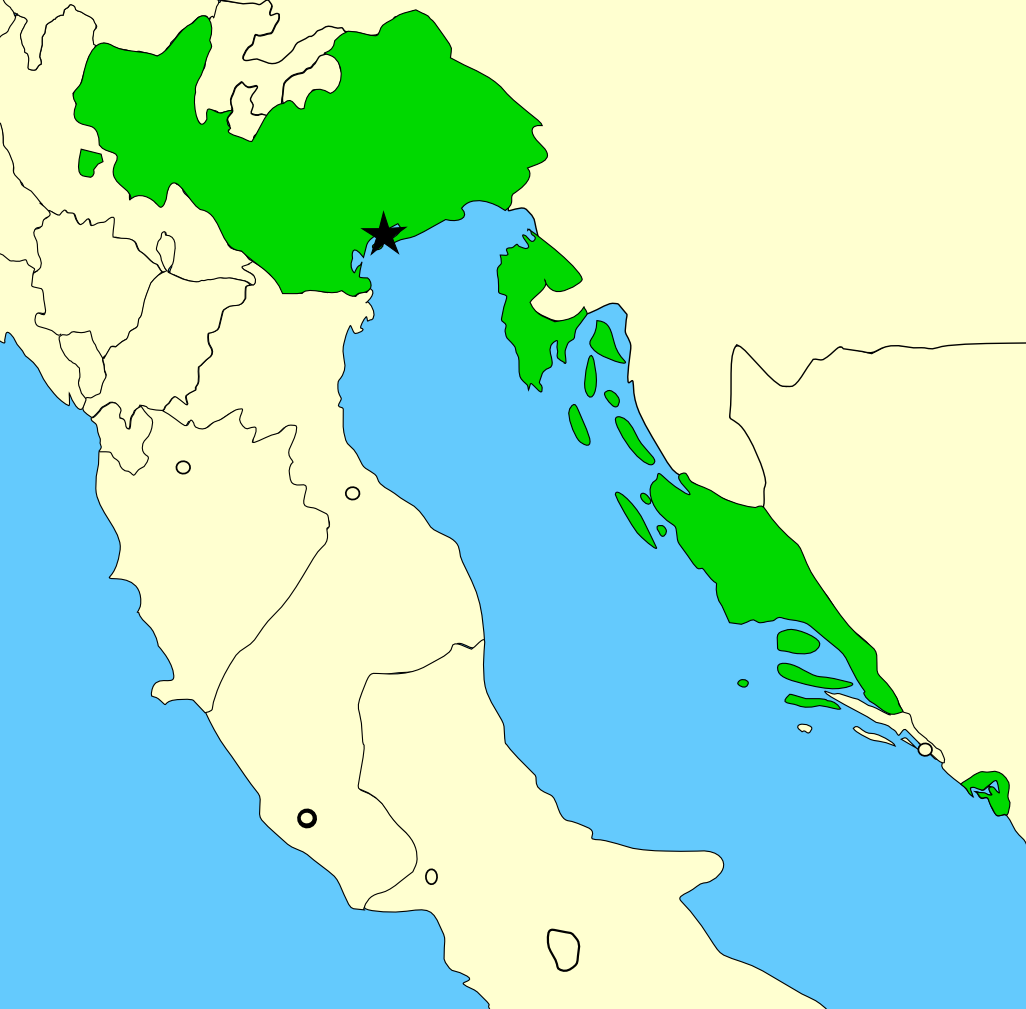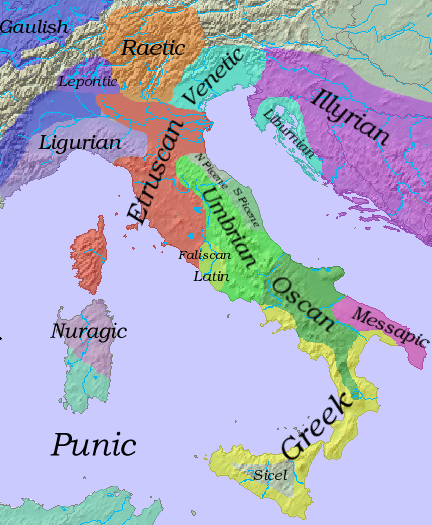 |
| Cards from the Pierpont Morgan Bergamo deck |
Final thoughts
Apparently the Tarot came into Europe via Marduk, Egypt (Egypt, the Levant, and Hejaz), and the first European records of them were in Milan, Ferrara, Florence, and Bologna. With such an obscure origin, they may be a remnant of the old mystery schools which stretched from ancient western Europe (Druids?) to Greece to Egypt to India to China at one point. Also, it was very dicey with the Medieval power of the Church, and the Islamic world looming so large. The old knowledge and teachings of Hermeticism and similar ancient traditions were already present when Christian and Muslim despots arrived on the world stage as societies transitioned from native paganism to Abrahamic systems (the Middle East had been largely Indo-European with spiritual systems such as Zoroastrianism).
 | |
| Queen Theodelinda fresco at Monza |
Where the Tarot may have fit in within the ancient wisdom... I'm sure someone from some level of initiation knows. It's very curious that the modern incarnation of Tarot got its name from Brescia. The artisans of Brescia--whether producing fine clothing, luxurious silk accessories, leather products, brilliant weaponry, the finest textiles, etc--were second to none. They exported their crafts to the Near East during that time period, and perhaps that's how the Tarot came in. Brescia was then part of the Venetian Republic, and Venetian ships exported the goods overseas.
The middle card in the image above looks much like depictions of the Lombard Queen Theodelinda, and perhaps the figure on horseback as well. Compare those images to the example of the art depiction of Theodelinda on the left, from the Cathedral she had constructed at Monza, Lombardia. What other monarchical figure in Lombardia appeared like that... blonde.. monarchical.. so grand? Clearly someone important, a queen. I can't think of too many others. Was there a Queen Theodelinda card(s) on the Pierpont Morgan Bergamo deck? She ruled some seven centuries earlier.
 |
| Milanese tarocchi, c. 1500 |
A terrific head of state, Theodelinda could very well have been declared a Catholic saint. The Pierpont Morgan Bergamo card image would be very consistent with her artistic portrayals, downplaying her beauty, and depicting her as merely stately. Early historians had clearly described her as tall and beautiful, and she was later depicted as somewhat shorter as well. I guess it wasn't acceptable to show a woman as beautiful and physically imposing, especially if she was such a great head of state. Things were very touch-and-go when she took over alone as Queen of the Langobards. She was extremely loved by her people, and proceeded to patch things up with the Vatican and other surrounding states, pragmatically codified laws, defined the culture, and was a great patron of the arts. One of the great underappreciated female rulers in world history; one of the great underappreciated heads of state, period!
.


